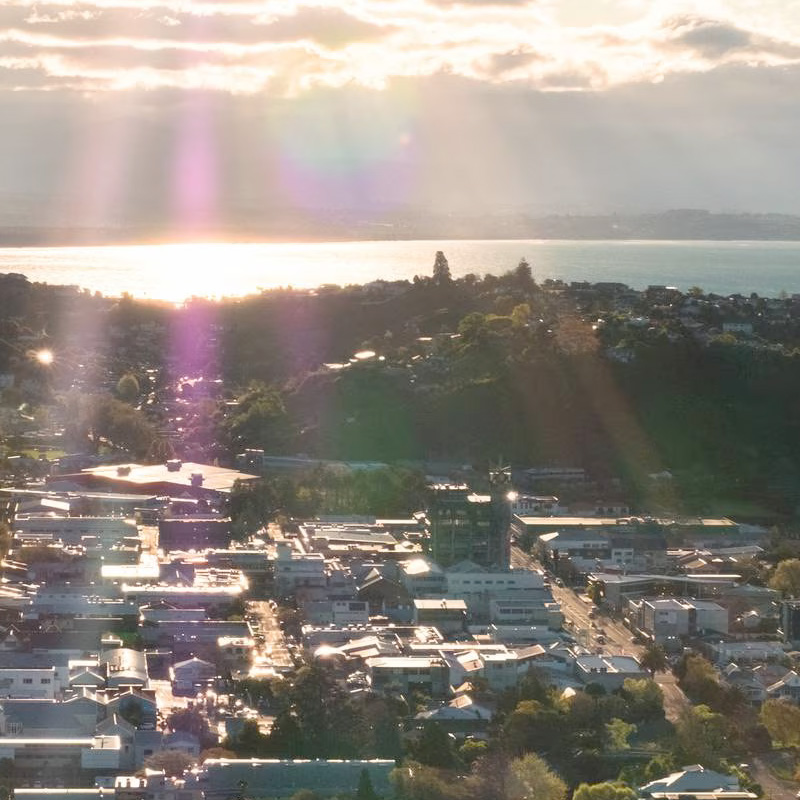This is a summary of some of the Crown’s closing arguments in Stafford v Attorney-General, and what we put to the Crown in our reply.
- The Crown says there have been no breaches, and it doesn’t need to return a single acre or pay a single dollar.
We say that’s a heavy-handed way to avoid the ultimate question: what happened to our lands that the Crown kept hold of?
- The Crown says kōrero tuku iho is ‘hearsay’ that should be given limited weight as evidence.
We say this dismisses and undermines the value of our cultural knowledge, history and kōrero, which is recognised by the courts, and was presented by our expert witnesses over the course of the 10-week hearing.
- The Crown’s site-by-site analysis of the occupation lands barely takes customary evidence into account.
We say by ignoring customary evidence, they’re only looking at half the picture. Kōrero tuku iho speaks of the whānau who lived and continue to live on our whenua. It illuminates evidence in ways that documentary and third party evidence and records cannot.
- The Crown says they can’t have confidence in the boundaries of the occupation sites.
We say the onus was on the Crown to cross examine our evidence on boundaries – but it failed to do so. Our evidence was supported by tikanga and by world-renowned experts in this area.
- The Crown says it can’t pin down cultural lands and papakāinga in any one place because the historical record is unclear.
We say that by standing back to look at the overall picture and then weaving the different historical and customary strands of evidence together, you understand the pattern of settlement across Western Te Tauihu and how our whānau lived on the land. The historical and contemporary record is clear.
- The Crown says the Customary Owners are “the same people” as the iwi with whom the Crown settled across all of Te Tauihu.
We say this is misleading and nuanced in a way the Crown failed to comprehend. This case is brought by the customary owners of specific areas of land only in Western Te Tauihu. It is about those whānau who whakapapa to those particular areas of land. It is a private law case about property rights, not a Treaty or iwi-wide claim. This has been clear from the outset, and formed the basis of the Supreme Court’s decision in 2017.
- The Crown says our case is a circumstantial one based largely on ‘hearsay’.
We say this is wrong in principal and illogical in practice. As Ngā Uri, we know who we are and where our tūpuna lived – and this formed the basis of our evidence before the High Court. Our case was supported by a significant evidential base of customary evidence as well as documented history, expert reports and accounts.
#tehereanuku
#makingthetenthswhole




 Ramari lost her home, her livelihood and her land and was ultimately held in the asylum for three years before being released.
Ramari lost her home, her livelihood and her land and was ultimately held in the asylum for three years before being released.






